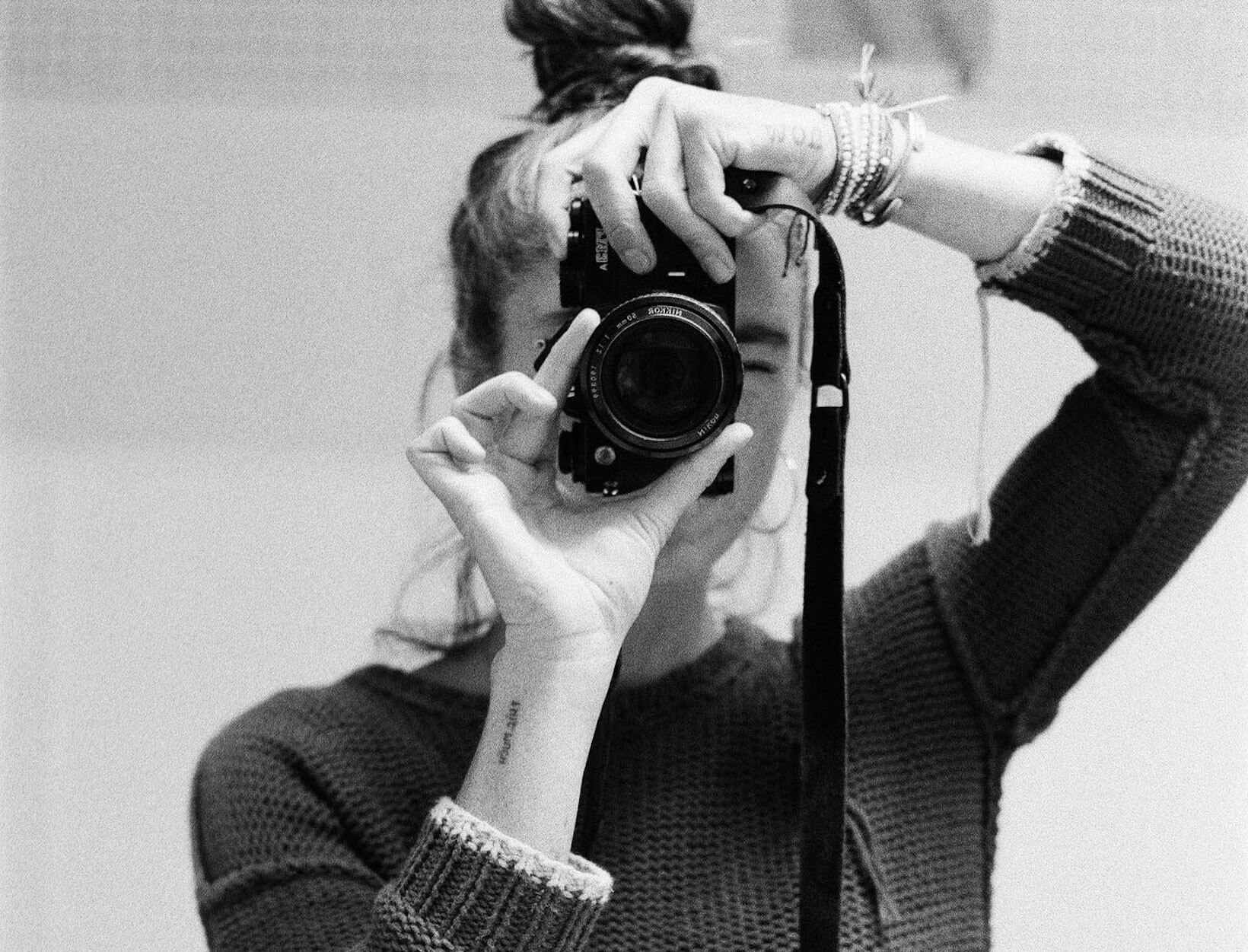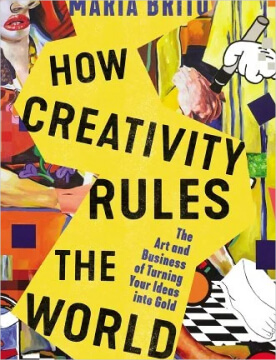[ad_1]

Photo courtesy of Monroe Alvarez
Do We Become
More Creative
through Repetition?

Maria Brito, an art advisor and curator based in New York, insists creativity is not just a talent but a learned practice—and that anyone can strengthen the muscle if they’re willing to cultivate certain habits.
Brito’s latest book, How Creativity Rules the World, focuses on developing the initial spark of an idea into a full-fledged brand or business. She dials in on techniques used by artists throughout history: getting quiet, seeking solitude, daydreaming, failing. We were particularly drawn to the concept of creative repetition, which asks: When we keep pushing at a single idea or project, what can we squeeze out of it?
Repeat: The More You Do It, the More Original It Gets
Adapted from How Creativity Rules the World, by Maria Brito
If I said the words “creative repetition,” you’d probably say that was an oxymoron. But repetition can be a source of creativity if we see it through the eyes of an artist.
Repetition in the visual arts may give birth to a particular style or series. In business, a recurring message, image, logo, or slogan is the mother of branding.
Claude Monet, a leading French impressionist painter, was the first modern artist to repeatedly paint the same scene. In 1883, he moved from Paris to Giverny, a village in Normandy, in the north of France, where he rented and eventually purchased a house and two acres of land. For the next 40 years, until his death, almost everything in his life revolved around Giverny or the two miles around it. In a letter to his second wife, Alice Hoschedé, in 1884, he said that he was enticed by repetition because “it always seems to me that in the beginning again, I will do better.”
Take It from Monet: You Can Do It Better
The first series he created at Giverny was of the stacks of hay he saw outside his door. He fixated on how to capture the transience of light, depending on the time of day. Between 1890 and 1891, Monet created 25 canvases, endless variations of those stacks. Each rendition captured them at a different day or time. The motif was constant, but the colors and his impressions at the moment were not. The time or the day varied, but not his perspective or his tools. Collectors loved them. Monet gave Paul Durand-Ruel, a Parisian dealer, 15 of the haystack paintings to exhibit in his gallery. They all sold within days. In 2019, one of the haystack paintings sold at auction for $110.7 million.
Between 1892 and 1893, Monet made more than 30 paintings of the Rouen Cathedral in Normandy. He rented various spaces across the street, which allowed him to produce the most nuanced renditions of the cathedral’s Gothic facade. Each had its own tonal gradations of pinks, blues, yellows, violets, oranges, and ochers. He worked at least on 14 of them at the same time. When exhibited, the series enjoyed critical and commercial success. Monet’s friend Camille Pissarro wrote to his son urging him to see the exhibition in Paris before each canvas was sold. “They ought to be viewed as a whole,” he wrote.
In 1893, Monet applied for permission to divert a nearby river to his Giverny property. He wanted a pond on his expansive grounds. Once granted, he dedicated himself to designing his garden. He bought water lilies from Egypt and South America and built a bridge over the pond inspired by the Japanese gardens he loved. In 1899, he started painting a series that included that bridge and parts of the lush shoreline.
Later he tightened his focus on the water lilies alone and their reflection on the water. Obsessed with seizing the moment, the way the light affixes on surfaces, the shadows, the seasons, the things of the moment, Monet lined up five or six easels in his garden and spent only a few minutes at each one of them every day at different times. The series grew like organic documentary photographs into more than 250 Nymphéas, or water lily, paintings. He gifted the last eight to the Musée de l’Orangerie in Paris. He had spent the last 30 years of his life repeating the same motif.
There are not many words with which to express my astonishment on entering for the first time the all-white oval rooms at l’Orangerie. The monumental Water Lilies are still exhibited there. Each of the paintings is almost 7 feet in height and between 21 and 55 feet long. They adapt to the curvature of the walls, as Monet intended. The colors range from purple and indigo to musk and aquamarine. The visual and emotional impact of this series seen together is something I never experienced before and haven’t since in relation to art. They expressed beauty, hope, nostalgia, faith, peace, abundance, reverence for life, the ethereal and sublime all at once. Working on repetitive themes served Monet well. There isn’t an artist, museum curator, or serious art collector who hasn’t seen and appreciated his many extraordinary series of paintings.
Maria Brito’s Advice for Creative Repetition
Creativity is honed through repetition. Whether in a Fortune 500 company or in your own personal branding, repetition helps you master your craft; this your essence; it represents who you are, how you do what you do and why.
Be consistent. The more you believe in your ideas, and the more you repeat them, the more of your leadership and cultural imprint will be left in the minds of your audience or customers.
Be willing to experiment. Once you have mastered something, create variations of your story, messaging, and ethos. You will keep the core intact but bring diverse and fresh perspectives that keep others engaged.
Beware of stagnation. People get complacent when they experience some success. It’s easy to repeat an effective modus operandi until it doesn’t work anymore. Respect the essential aspects of your brand, but break the rules every now and then.
Maria Brito is an art advisor and curator based out of New York. Brito has taught corporate creativity courses and developed Jumpstart, an online creativity program for entrepreneurs. She is the author of Out There: Design, Art, Travel, Shopping and How Creativity Rules the World: The Art and Business of Turning Your Ideas into Gold.
Taken from How Creativity Rules the World by Maria Brito. Copyright © 2022 by Maria Brito. Used by permission of HarperCollins Leadership. www.harpercollinsleadership.com.
We hope you enjoy the book recommended here. Our goal is to suggest only things we love and think you might, as well. We also like transparency, so, full disclosure: We may collect a share of sales or other compensation if you purchase through the external links on this page.
[ad_2]
Source link


